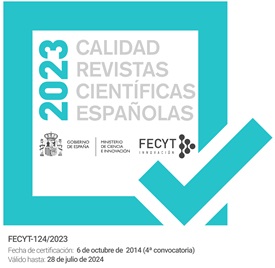- Ambiguity is the perception of inadequate information arising from certain characteristics of a situation. In a situation that demands evaluation or choice, the perception of ambiguity is threatening and presents a cognitive challenge. Research has examined AT (Ambiguity Tolerance) levels and their influence on decision making in business and financial scenarios.
Aims- This paper aims to investigate the AT levels of a sample of accounting students and to compare them with the AT levels of students on other social sciences degree courses.
Instrument and Sample- The instrument used is the Spanish version of MSTAT-II (McLain, 2008). The sample is composed of students enrolled on various degree courses at a Spanish University (Universidad de Huelva).
Results and implications- The results of the questionnaire present high levels of internal consistency with the sample. Accounting students are shown to present lower levels of AT than students enrolled on other social sciences degree courses. The implications for universities and education are discussed.
La ambigüedad es la percepción de la inadecuación de la información que resulta de determinadas características de un escenario. En situaciones de toma de decisiones, la percepción de ambigüedad puede percibirse como una amenaza y supone un reto cognitivo. En esta línea la literatura ha tratado la incidencia de los niveles de tolerancia a la ambigüedad (AT) en la toma de decisiones en contextos empresariales y financieros.
Este trabajo trata de estudiar los niveles de AT en una muestra de estudiantes de contabilidad comparándolos con los niveles de otros estudiantes de otras carreras de ciencias sociales.
El instrumento usado es la versión española del MSTAT-II (McLain, 2008) y la muestra está compuesta por estudiantes de distintas carreras de ciencias sociales de la Universidad de Huelva.
Los resultados indican un alto nivel de consistencia interna del instrumento con esta muestra. Los estudiantes de contabilidad presentan niveles de tolerancia a la ambigüedad más bajos que el resto de sus compañeros en otras carreras. Por último, se debaten las implicaciones educativas para las universidades de estos resultados.
We gratefully acknowledge the help and support provided by Prof. David McLain and the comments and suggestions made by the referees. This paper is partially funded by the Junta de Andalucía (Proyectos de Investigación de Excelencia en Equipos de Investigación-SEJ 2670).






